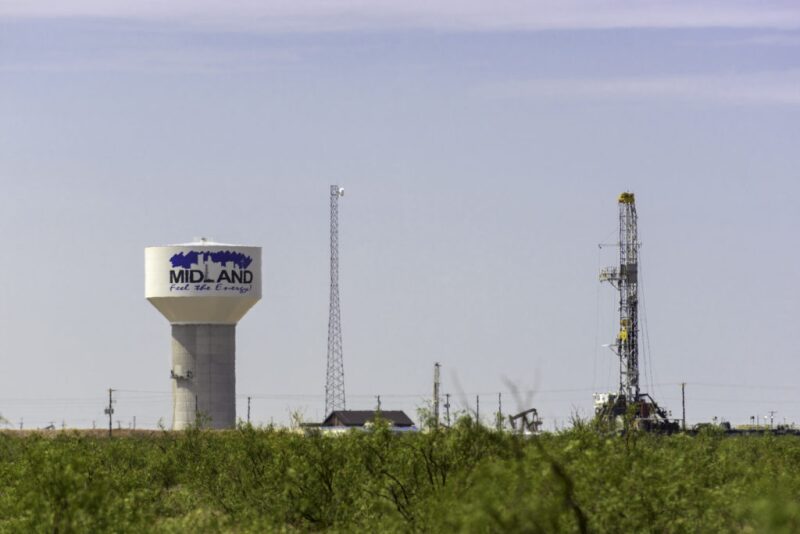The Texas Railroad Commission (RRC), the state's oil and gas industry regulator, has tightened its permitting requirements for saltwater disposal wells (SWDs) in the Permian Basin. The changes aim to ensure that “injected fluids remain confined to the disposal formations to safeguard ground and surface fresh water,” the RRC said in an announcement this month.
Starting 1 June, all new and amended SWD permits in the Texas-side of the Permian will be issued based on an expanded area of review (AOR), increasing the radius from a quarter mile to half a mile around new well completions. Within an AOR, operators are required to assess old or unplugged wells that could represent leak paths for produced water.
The RRC is also capping injection pressures for SWDs based on local geologic properties. Operators must now demonstrate that their injection pressure will not fracture the confining layers of the reservoirs where the produced water is injected.
Additionally, the RRC will place limits on the maximum volumes that SWDs can inject based on the pressure in the disposal reservoirs.
The changes represent the most significant regulatory shift for Texas disposal wells since 2023 when the state began requiring monthly reporting of daily injection data, including bottomhole pressures.
The new regulations, which may drive up produced-water disposal costs in the Permian, follow a series of reports since 2022 of abandoned wellbores leaking produced water, sometimes under high pressure, at the surface in west Texas. SWDs have also faced heightened scrutiny in recent years due to their established link to the rise in seismic activity across the Permian.
The RRC said the risk of produced-water migration in the Permian stems from high injection volumes, rising formation pressures, and the region’s dense population of legacy wells, some that were drilled more than a century ago. The Permian produces about 6.3 million B/D of oil, or 40% of the US total, along with an estimated 15 million B/D of produced water.
The RRC said in its latest announcement that applications for SWDs located within 25 km of an earthquake will still be reviewed under the agency’s existing seismicity review guidelines.
Operators Study Disposal Risks
The problems associated with wastewater disposal in the Permian have spurred research initiatives by some of the region’s largest operators.
Chevron researchers will present a paper next month at the Unconventional Resources Technology Conference (URTeC) in Houston on the supermajor's use of satellite-based radar to monitor subsurface fluid movement and a fault slip near an SWD location in the Permian.
At last year's conference, authors from Chevron presented a paper, URTeC 4044520, that shows how the overpressurization of disposal reservoirs may impact its oil and gas operations. The 2024 paper outlines a study into water migration between vertically staggered wells but it also notes that there are known “influx areas” within the Permian where horizontal wells are experiencing water intrusion from shallow SWD wells.
The Chevron paper added that it is believed produced-water migration may also occur in some areas of the Permian due to faults that connect disposal reservoirs with an underlying oil and gas producing-formation.
In another paper last year, URTeC 4044665, authors from ExxonMobil shared how they developed a machine-learning model to predict which of the 4,600-plus saltwater disposal wells in the Texas-side of the Permian are most likely to cause induced seismicity.
For Further Reading
URTeC 4044520 Demystifying the Cause of Avalon Water Influx: A Case Study Integrating Targeted Surveillance Bringing New Perspectives Around the Role of Overlying Water Injection; Lea County, New Mexico by J. Parizek, W. Wang, W. Wei, and Y. Pradhan, Chevron.
URTeC 4044665 Data-Driven Risking for Induced Seismicity by M. Rodriguez-Buno, Mariana, Y. Chen, and S. Hussenoeder, ExxonMobil.


